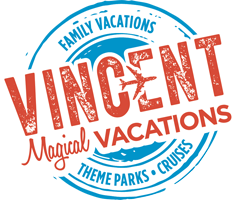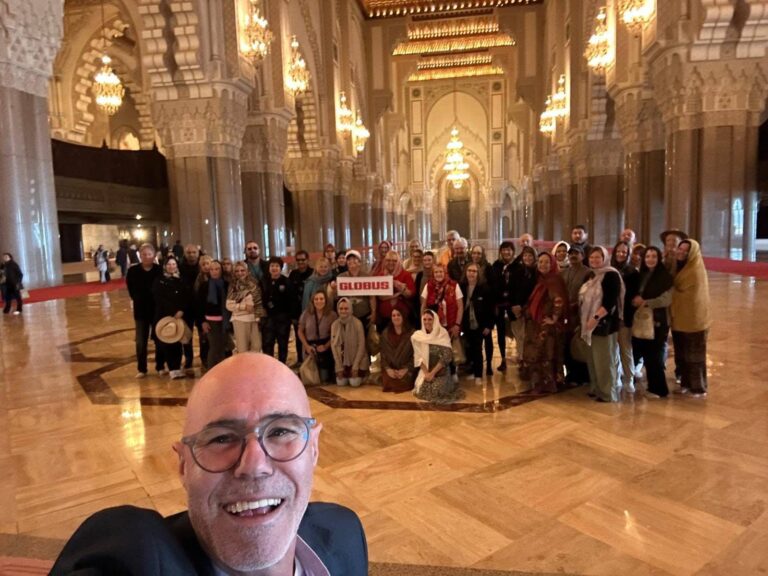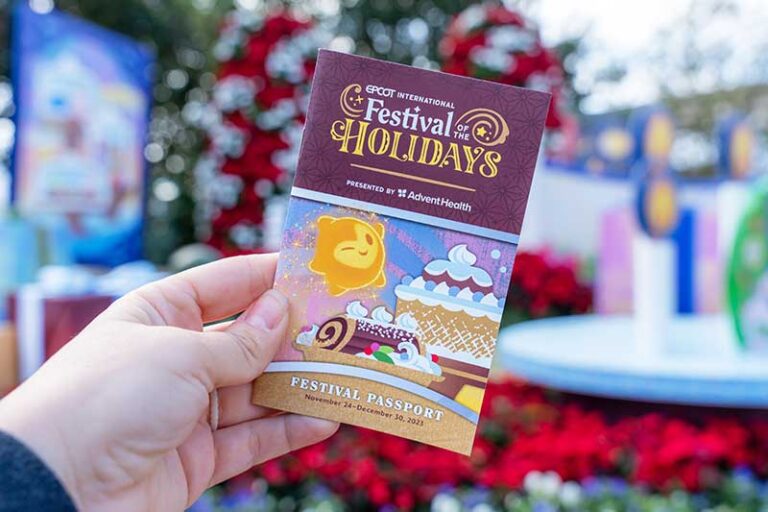We recognize that Disney vacations are not just an investment, but often the highlights of our lives, and we take that responsibility seriously. We want to ensure you have the best vacation experience.
Interested in a job in travel? Click here to learn: How to Become a Disney Travel Agent
Overview
Introduction

Morocco's dazzling mosaic of Arab and Berber cultures—with a dash of African and European influence—is at once strange and romantic, alluring and disconcerting. It's little wonder that Morocco has regularly drawn seekers of the exotic.
The country is one of Africa's most popular travel destinations. No matter how well-seasoned a traveler you are, you'll find plenty to see and do: fine Atlantic and Mediterranean beaches, desert excursions, wondrous imperial cities, Islamic landmarks, Joujoukan and Gnaoua trance music, Roman antiquities, resort facilities, mountain villages, oases and towering sand dunes.
The tourism industry is expanding at a fast pace in the country, with airport expansions at Casablanca and Marrakech; luxury hotels popping up in major cities; golf courses becoming a big draw; and low-cost flights drawing a wider range of travelers from across Europe.
Just be aware that the combination of heat, dust, spicy flavors and intrusive touts can be overwhelming at times. However, this can be avoided by picking the right destination and time of year to travel.
Geography
The North African nation lies on the northwestern periphery of Africa across the Strait of Gibraltar from the southern tip of Spain. The country has the Mediterranean Sea to the north, the Atlantic Ocean to the west, Algeria to the east and Mauritania to the south. Relatively flat, fertile coastal plains stretch along the Atlantic coast.
The Atlas Mountains make a diagonal divide across the country, breaking it down into the Anti-Atlas, High Atlas and Middle Atlas (from southwest to northeast). Most of the land to the east of the High Atlas and in the south is desert. A smaller mountain range, the Rif, extends across the north of the country.
History
Morocco's earliest known inhabitants, who arrived as early as 8000 BC, were the ancestors of today's various Berber tribes. The country's location—a crossroads between Africa and Europe, and East and West—lured invaders, such as the Phoenicians, Carthaginians, Romans, Vandals and Byzantines.
At the end of the seventh century, Muslim Arab armies began pushing westward across North Africa. By 705, most of the territory from Tangier to the Draa Valley had been conquered. The Berber tribes gradually converted to Islam, and the Arabic language was introduced. In 711, a predominantly Berber army conquered most of the Iberian Peninsula, adding it to the Islamic empire.
Morocco has been ruled by six Arab and Berber dynasties: Idrissid (789-926), Almoravid (1062-1147), Almohad (1147-1269), Merinid (1248-1465), Saadian (1525-1659) and Alouite (1664-present day). The Almoravid and Almohad domination extended to much of Spain and parts of Algeria. Likewise, Jewish and Muslim immigrants from al-Andalus (Muslim Spain) left a distinctive Andalusi mark on parts of Morocco as well. Morocco was the only North African country that did not belong to the Ottoman Empire.
Several European powers tried to control the mouth of the Mediterranean and the Atlantic coast at one time or another. Portugal controlled several cities between the 15th and 16th centuries, including Ceuta, Agadir, El-Jadida, Essaouira and Tangier. The Spanish presence, which began in the 15th century, lasted longer—culminating in Spain taking formal possession of areas in the mid-19th century. The rest of Morocco came under the control of France in the early 20th century and then gained independence in 1956. Spain surrendered most of the territory it held but still controls the enclaves of Ceuta and Melilla, which Morocco also claims. Both cities have a large number of Spaniards living there.
Sultan Mohammed V led his country to independence and then ruled as king until 1961, when his son, King Hassan II, took over. Before his death in 1999, Hassan initiated some modernization programs, but his reign is also referred to as les annees de plomb (Years of Lead) because of state violence against opposition parties and dissidents. His son, King Mohammed VI, initiated a process of reconciliation in which past human-rights abuses were examined, compensation was paid, and a framework for ensuring the protection of basic human rights was put into place.
Some economic, political and social reforms have been made. In 2004, the new Mudawana (family law) was reviewed by the Moroccan Parliament and approved by King Mohammed VI, giving family laws some modernity. Although the country has a parliament and separate judiciary system, they aren't very strong compared to the near-absolute power of the king. In 2016 parliamentary elections were held, and Abdelilah Benkirane was elected as prime minister, approved by the current king Mohamed V; but in 2017 the prime minister was replaced by Saad-Eddine El Othmani.
The fate of the Western Sahara (called the Southern Province in Moroccan officialese) remains a sensitive issue within the country. The area had been controlled by Spain until the Moroccan military took over in 1975—much to the dismay of the local Saharawi people. They formed the Polisario Front and began waging guerilla war against Morocco. A cease-fire was signed in 1991, but a final decision on who should rule the territory has not been reached, despite ongoing negotiations involving the United Nations.
In 2005, the main urban centers of Western Sahara became the scene of serious protests against the Moroccan occupation. In 2015, the Polisario Front published an ultimatum to the UN special envoy requiring the Security Council to a report on the situation in Western Sahara. In 2019, the last UN special envoy resigned and negotiations between Morocco and the Polisario Front stopped again.
Snapshot
Morocco's attractions include colorful markets brimming with local handicrafts, the cities of Marrakech and Fez, antiquities, beautiful architecture and design, shopping, beaches, diverse scenery, religious shrines, great food, watersports, Atlas Mountain scenery and Tuareg culture.
Morocco will appeal to the somewhat adventurous and experienced traveler who wants to see an exotic culture and lie on nice beaches. Don't travel there if you're offended by aggressive local vendors and their commission men, although it is possible to visit parts of Morocco where you will encounter none of this. With an influx of high-end hotels, to Marrakech especially, the overall experience for luxe-seeking travelers will only improve.
Potpourri
The English guitarist Davey Graham invented DADGAD tuning, now mainly used in Celtic music, in Tangier in the early 1960s so that he could play Moroccan music on the guitar.
Paleontologists have discovered the remains of several dinosaur species in the Kem Kem sandstone formation of southeast Morocco. The finds include bones from Carcharodontosaurus saharicus (a shark-toothed lizard from the Sahara), which was a fearsome creature at least as big as Tyrannosaurus rex.
Jews and Christians have lived in what is modern-day Morocco for more than 2,000 years. Although they make up a small minority of the population, they are active and accepted in the community. Most live in Casablanca.
The Moroccan Royal Guard originated in 1088 and is one of the oldest military in the world. Its mission is the safety of the king.
In cultural and linguistic terms, the majority of Moroccans are Berbers (or Imazighen). Although they are often referred to as a single group, there are distinct divisions of Berbers, primarily along linguistic lines. Each one has its own dialect, although Tamazight generally refers to the entire group of Berber dialects. Arab influence is also very strong, and it too can be traced back to several different tribes and regions.
Technically speaking, a casbah is a single fortified building, but the word is sometimes used to describe an old quarter, especially one with a citadel. A ksar (plural, ksour), on the other hand, is a group of residential or storage buildings surrounded by high defensive walls.
Morocco is the world's leading importer of green tea. For Moroccans, tea is an important part of their culture.





































